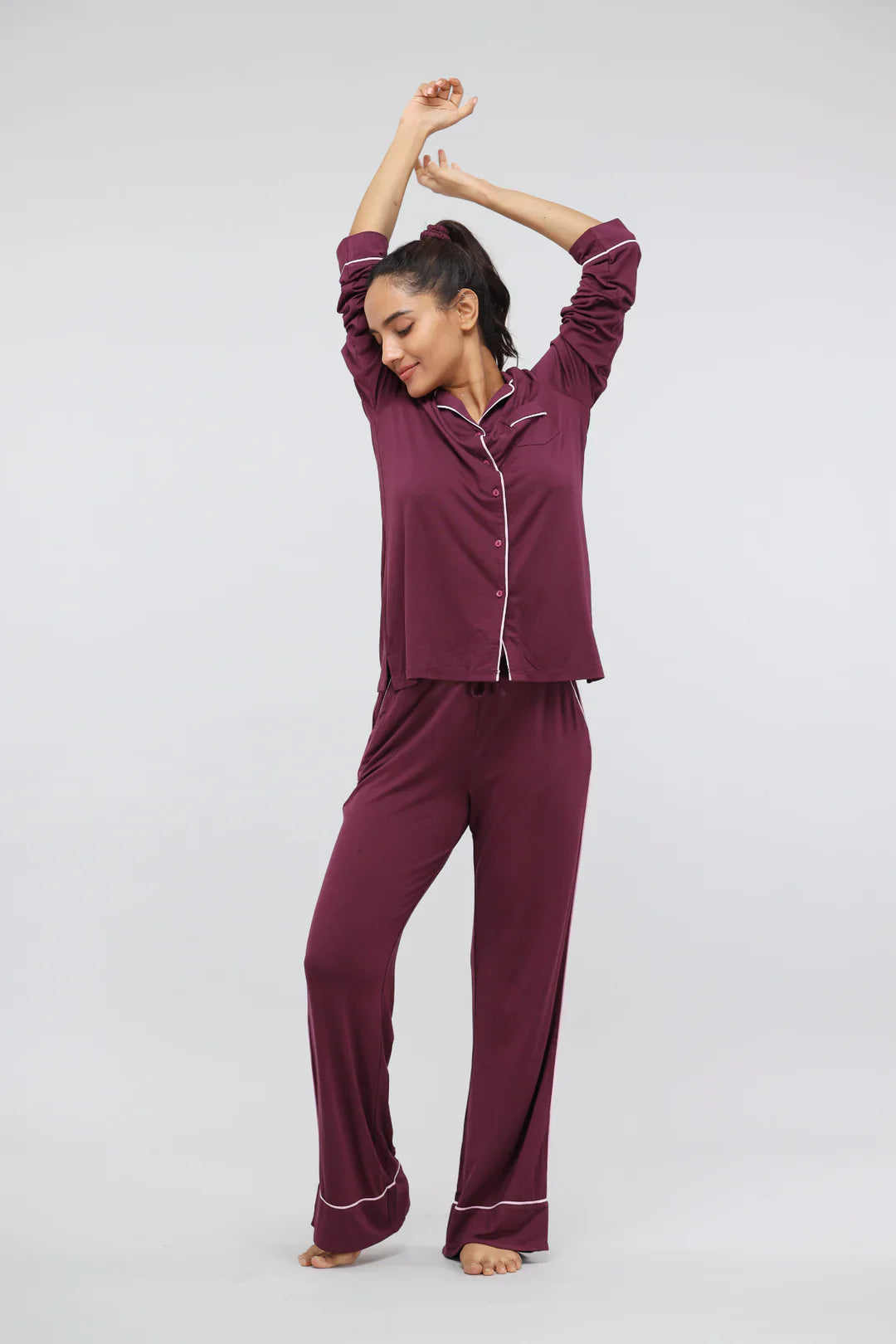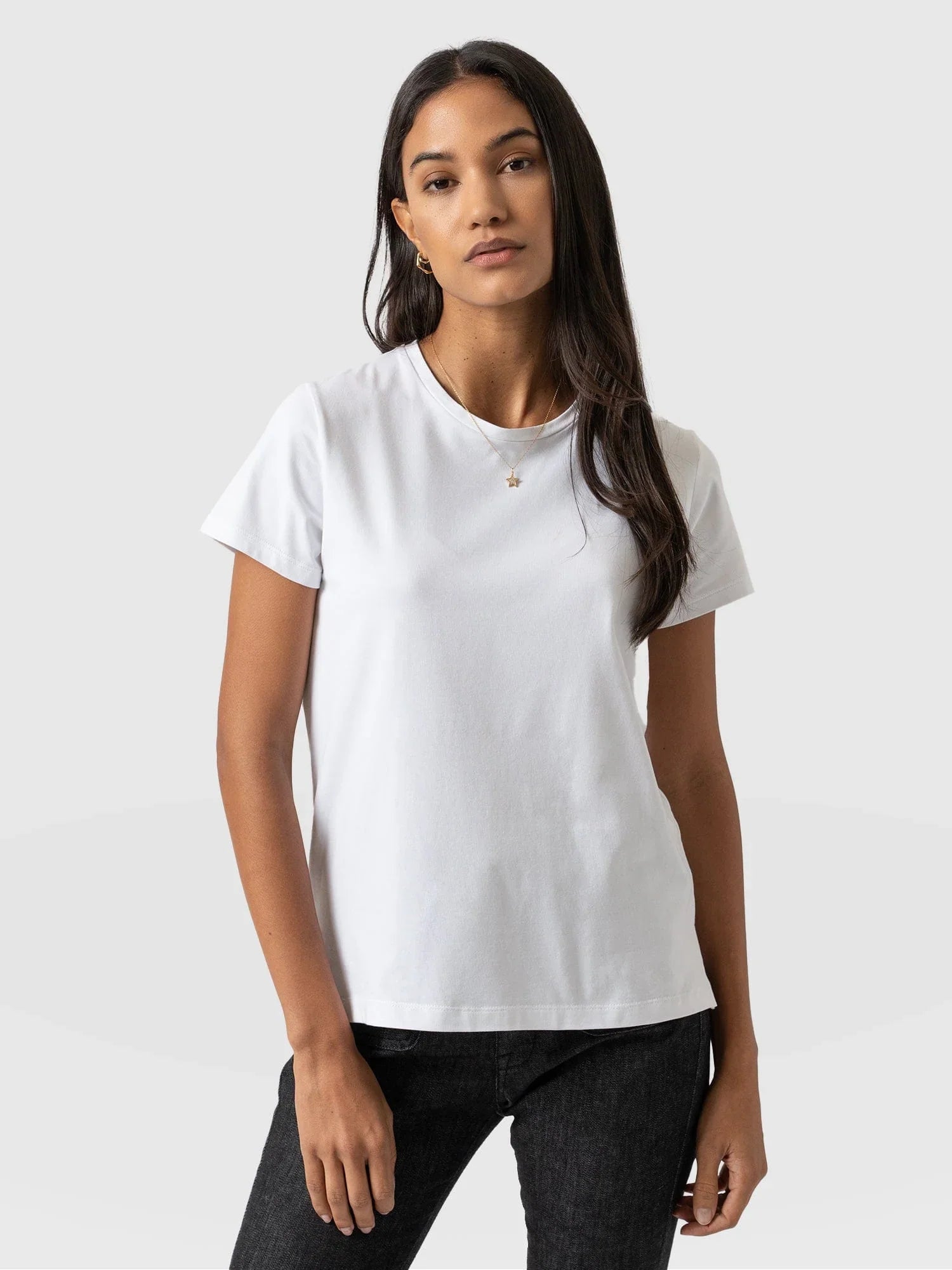Things That Are Soft: The Softest Materials in the World

The Softest Things in the World: Exploring What Makes Something Truly Soft
When you think of things that are soft, your mind might go to a fluffy pillow, a kitten’s fur, or a cashmere sweater. But softness isn’t just about how something feels, it’s also about how it reacts to touch, pressure, and comfort. From everyday soft objects to the softest thing in the world, let’s explore what defines softness and what makes certain materials and textures so irresistibly gentle.
What Are Soft Things?
Soft things are materials or objects that easily change shape under pressure and feel smooth or comforting to the touch. In scientific terms, softness relates to how resistant a material is to deformation. In simpler words, the softer it feels, the easier it is to press, squeeze, or mold.
Common examples of soft things include:
-
Cotton balls
-
Blankets
-
Clouds (visually soft)
-
Pillows
-
Feathers
-
Plush toys
-
Velvet fabric
-
Animal fur
These things that are soft to touch bring comfort, warmth, and even emotional calmness.
A List of Soft Things Around Us
Here’s a list of soft things we encounter every day:
-
Towels and bathrobes
-
Cushions and stuffed animals
-
Grass under bare feet
-
Flower petals
-
Cashmere sweaters
-
Soft sand
-
Baby skin
These soft objects remind us that softness exists everywhere, in nature, in our homes, and even in how we design clothing and bedding for comfort.
What Is the Softest Thing in the World?
So, what is the softest thing in the world? Scientists and designers have debated this for years. On a microscopic level, the softest thing on Earth might be aerogel, a material so delicate that it’s 99.8% air. But in nature, the softest things in the world are often living materials like fur, feathers, and certain types of silk.
If we’re talking about touchable comfort, the softest thing ever might just be vicuña wool, a rare and ultra-luxurious fiber from the Andes. It’s softer than cashmere and so fine that it feels like air.
Soft Things in Nature
Nature is full of soft things that inspire relaxation and beauty. Here are some soft things in nature you might recognize:
-
Moss on rocks
-
Flower petals
-
Rabbit fur
-
Fresh snow
-
Sea foam
-
Lamb’s wool
-
Clouds in the sky (symbolically soft)
These really soft things remind us that softness isn’t always tangible, it’s also visual and emotional.
Why We Love Soft Things
Humans are naturally drawn to very soft things because they provide comfort, warmth, and safety. From infancy, we associate soft items with care and protection. That’s why we fill our homes with soft fabrics, choose softest t-shirts, and snuggle up in soft blankets.
Top 10 Softest Things in the World
While softness is subjective, here’s a fun list of the top 10 softest things in the world:
-
Vicuña wool
-
Baby alpaca fiber
-
Cashmere
-
Feather down
-
Silk
-
Cotton
-
Flannel
-
Velvet
-
Fleece
-
Minky fabric
Each of these softest things to touch has a unique texture that soothes both body and mind.
Final Thoughts
Whether it’s a soft object like a blanket, a soft thing in the world like a feather, or a soft material used in luxury clothing, softness represents comfort and calm. When you ask, “What are things that are soft?”, the answer goes far beyond fabric, it’s a sensory experience tied to touch, emotion, and even memory.
So next time you feel something irresistibly smooth or cozy, take a moment to appreciate the science and sensation behind softness because sometimes, the softest thing on earth is simply the feeling of comfort itself.


